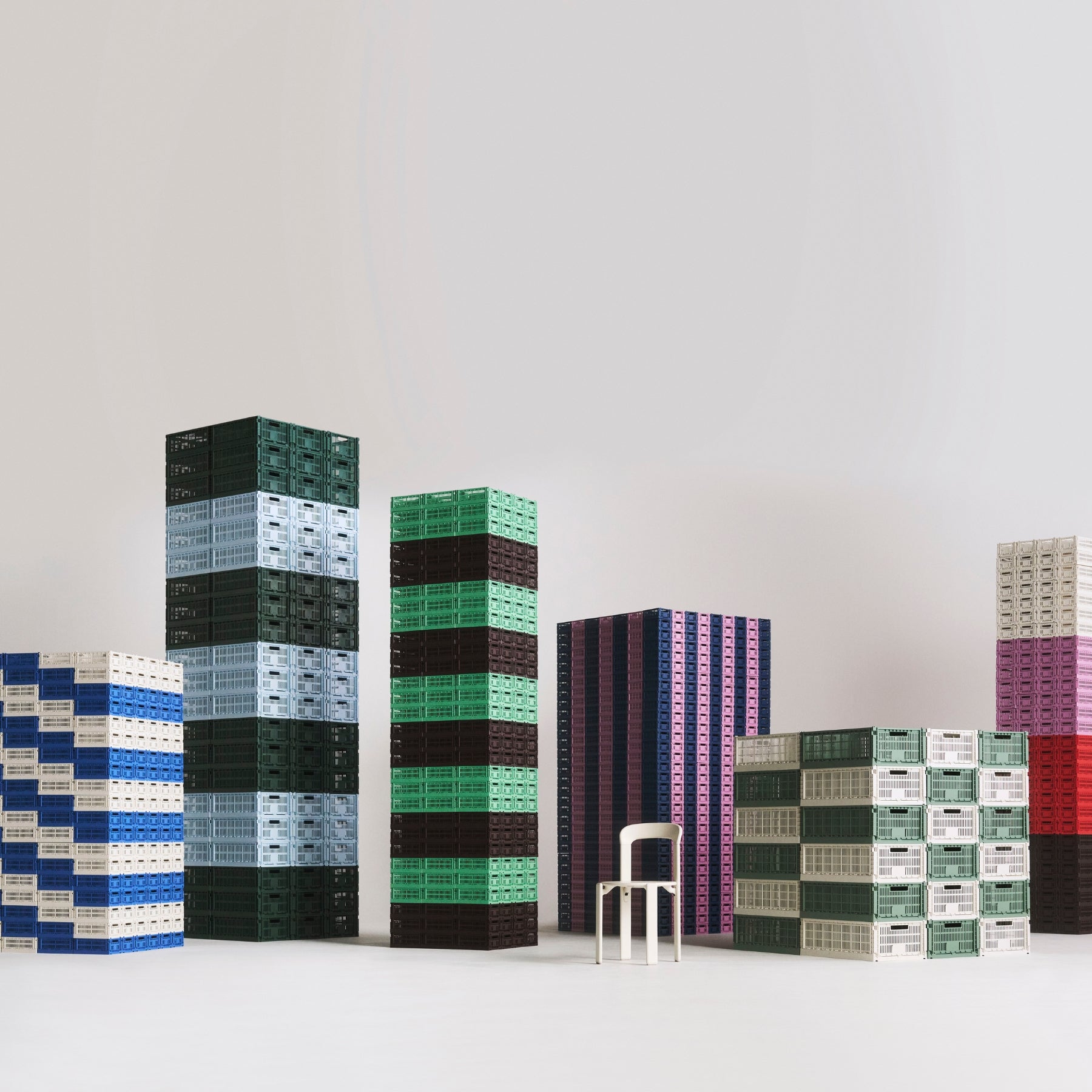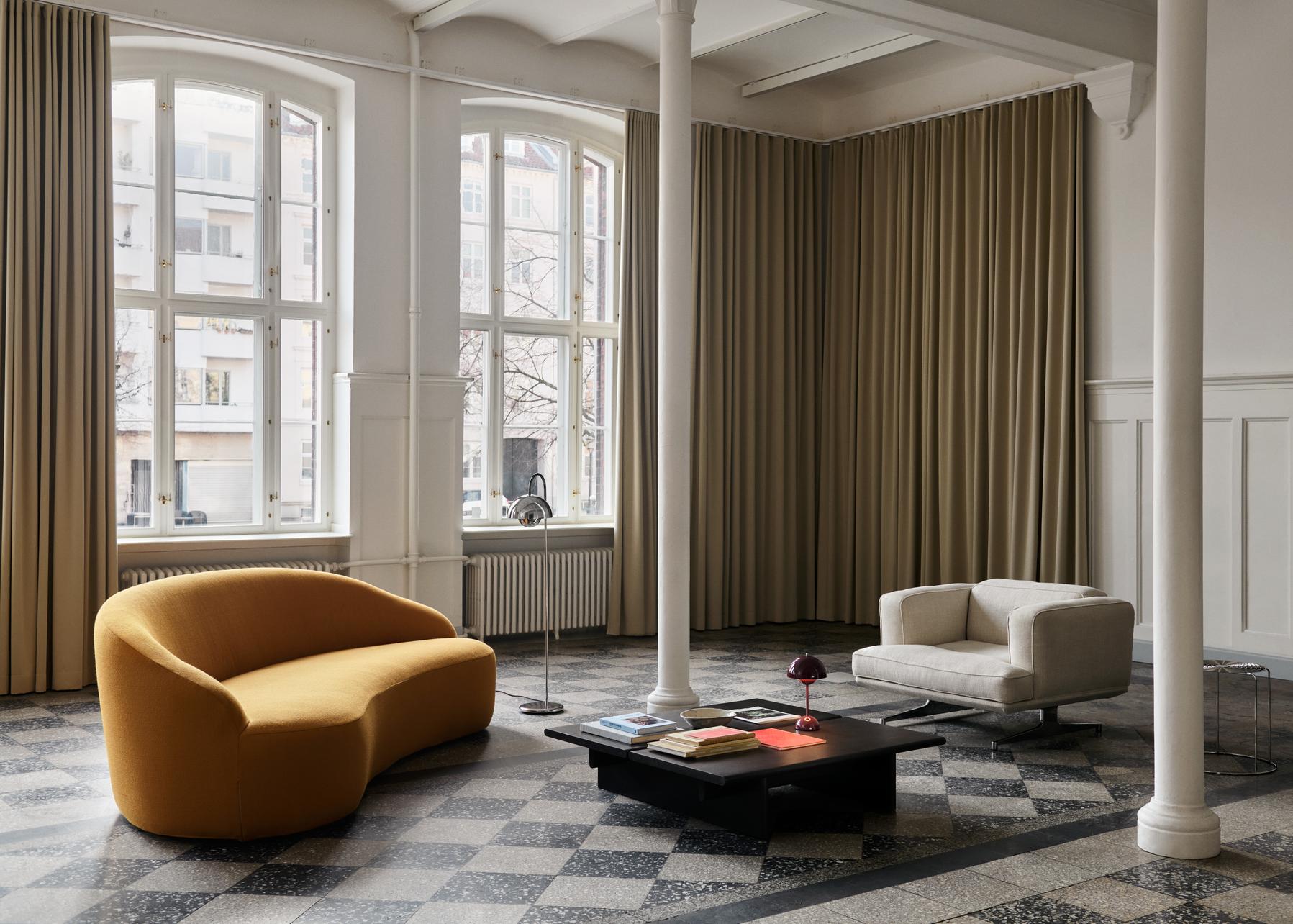In the world of interior design, going back to basics isn’t always as simple as it sounds. Surrounded by advertising, online shopping and to-your-door delivery options, it can be hard to avoid an impulse buy and just stick to getting what you really need. That’s where the minimalism movement comes in.
Described as “a style or technique in art, music and design that is characterised by spareness and simplicity”, the term minimalism grew out of the New York art scene of the 1960s. It started being used in writing, theatre, architecture and more as a way to not get too bogged down in meanings, metaphors and motivations, and embrace emotions and aesthetics instead.
Some view a minimalist lifestyle as restrictive, bland or boring, however, done right, it can be a blank canvas for creativity or a clean slate to create your own, organised sense of style upon. Here at agos-co, we pride ourselves on being a brand of quality and integrity, with a penchant for style and sensibility – values well suited to the rules of minimalism.
Read on for our top 5 tips on how to be a minimalist and how you can take your home design approach back to basics...
Less is More
Made famous by designer and architect Ludwig Mies van der Rohe, the phrase “less is more” is a key feature of minimalism. The focus is to fill your home and surrounds with essential items only - quality over quantity.
A minimalist space doesn’t over accessorise or contain too many miscellaneous items, homewares and trinkets, unless they are well designed and useful, like books, organisers, a set of Scandinavian inspired stacking bowls and cups, or a sculptural sphere (in black or oak).
Going back to basics usually requires a cull, a declutter, of bits and pieces and possessions you’ve collected over the years that no longer serve a purpose or are just gathering dust. The aim is to practice a bit of minimalism mindfulness so you can have more room for experiences rather than objects. Accumulating fewer items means you’ll have more money in the bank for more important things like going out, catching up with family and friends, and opening your home up to entertaining.
Less items also means less time shopping, cleaning and organising, which means you can slow down and spend more time doing the things you actually enjoy.

Focus on Functionality
When choosing furniture for a minimalist aesthetic, it’s important to think about timeless, clever design and good craftsmanship. Ideal pieces should be practical, multi-purpose and easy to maintain.
A shelving unit is a great example of functional furniture, because not only can it display items, it can be used to organise and categorise them as well. Similarly, a console or sideboard is also good for keeping things that don’t match the style of your home hidden away.
Desks are incredibly flexible too, ranging from places to study and work, to craft studios, side tables and storage units. Perfect for modern, minimalist interior design homes, our black, white and wooden desks come with plenty of surface space and in-built drawers.
A sleek and streamlined bench seat is another versatile item, as it can accompany the living room table in the cold months, and be moved to the back porch or backyard in the warmer months.
Solid Shapes and Materials
If you’re still wondering how to be a minimalist, it’s time to talk materials. Going back to basics in the literal sense means thinking about what your homewares and furniture items are made of.
You want long lasting, well-made pieces that are tactile and textured, without being overpowering. Materials popular with minimalists are wood or MDF, concrete, glass, metal and ceramic. They don’t need to look finished or be rendered to the smoothest standard as there’s beauty in rawness, and surfaces straight out of nature reflect minimalism's push for anti-consumerism and the “less is more” approach.
Consider complimentary blends, like marble, metal and oak or marbled steel, for a striking centrepiece or feature item, and look for environmentally friendly options where possible.
Simple Lines and Colours
Specific shapes and hues make minimalism distinctive. Neutral bases tend to be basic black and white or monochromatic, or come from a muted palette of cream, beige, brown and grey.
Despite what people think, these colour combinations don’t have to be austere, stark or cold. Don’t be afraid to dot a few occasional chairs around the house for a pop of plush comfort, and make things homely in the winter months with a scattering of cosily coloured drapes, cushions and throws of different textures, patterns, cuts and sizes.
Sharp silhouettes and geometric lines are common in minimalist homes, like the curved profiles of a Jena dining chair, or the elegant, bowed backrests of an Olivier dining chair, and keep things symmetrical with full sets or chairs in pairs of 2.
Embrace Space and Natural Light
Open plan layouts, if possible, are the way to go when living a minimalist lifestyle, as a way to create a sense of fluidity and flow between rooms and empty spaces.
With key items or statement pieces of furniture sparsely placed around the house, no area will feel crowded or enclosed, and harness the health and productivity power of natural sunlight with windows, glass doors and skylights.
If you’re short on room, that’s not a problem, as you can use strategically placed mirrors to give the illusion of more space and reflect natural lighting. For the ultimate minimalist, ones without chunky borders or frames are the best options, and our range of mirrors will make any interior space feel instantly more spacious and modern.

So, there you have it, our top 5 tips on how to be a minimalist!
Remember - a back to basics, minimalist aesthetic isn’t about restricting your choices, but making the most out of what you have by investing less in collecting and cleaning, and more in multi-purpose pieces and timeless design.









